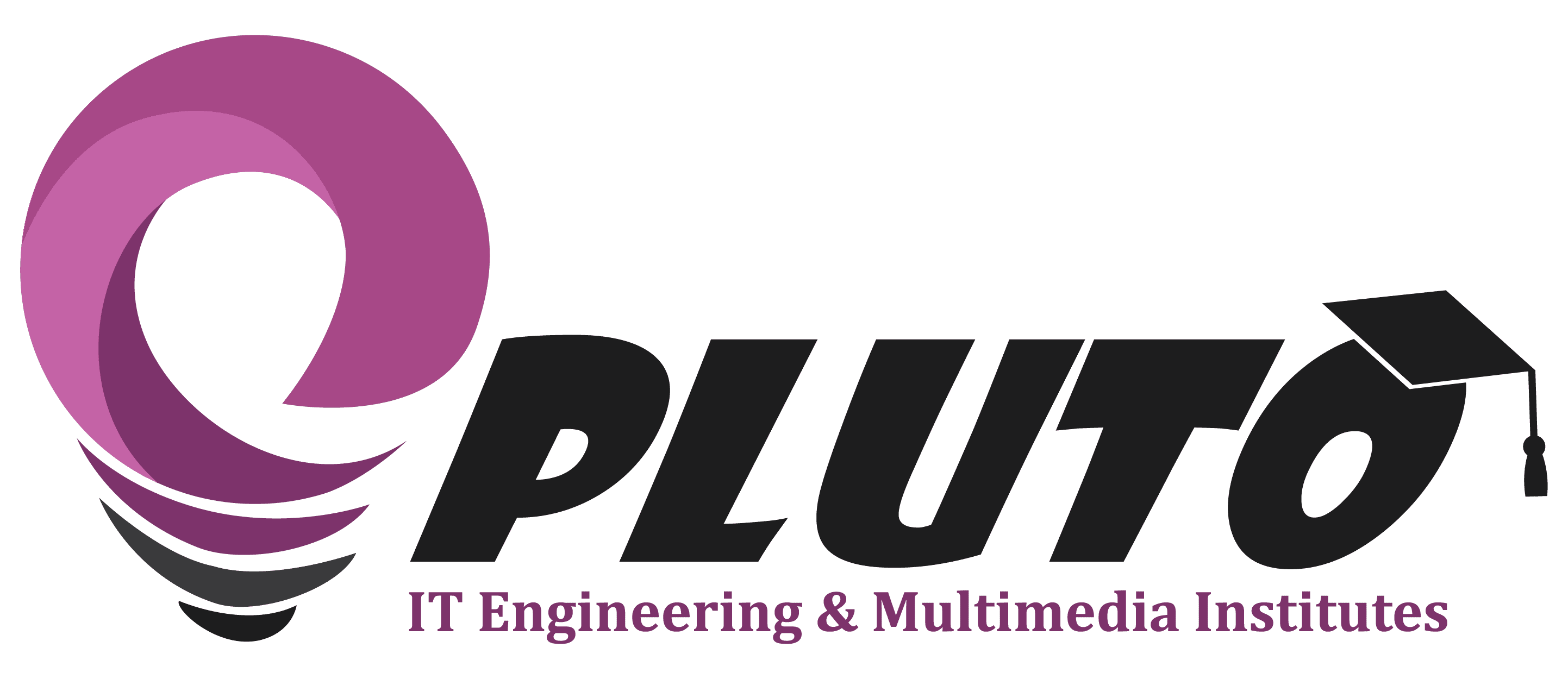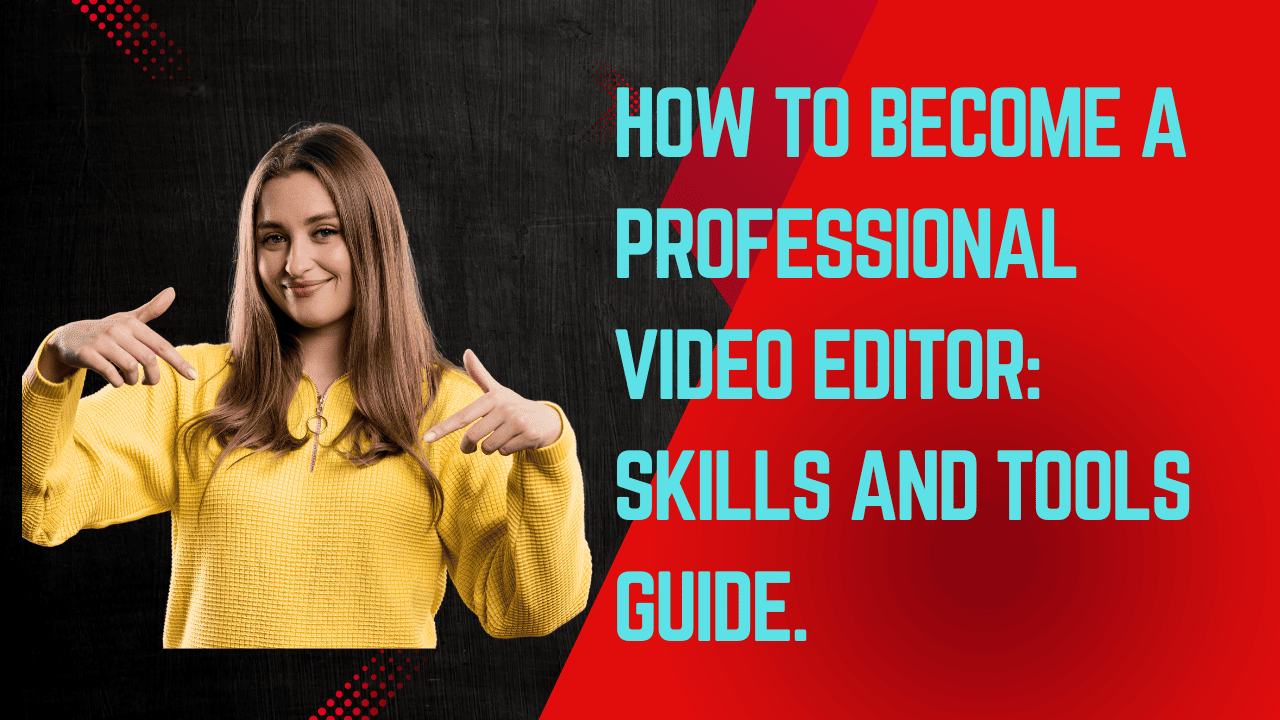Video editing is a skill that is becoming a necessity across a variety of industries in this digital era. The demand for skilled video editors is high across the board, whether you’re crafting content for social media, film, TV, or corporate projects. When starting as a professional video editor, there are some specific skills and tools you need to learn to make it big in the profession. In this blog, we will help you understand how you can develop editing skills, the skills you need to learn, and the tools that you need to do the job.
(1) The Basics: Understanding Video Editing:
Before you jump into fancy techniques and pricey software, you need to clarify the basics of video editing. The post Video Editing: The Complete Beginners Guide appeared first on Styles At Life. You work through multiple rounds of review, cutting down footage, incorporating transitions, adjusting audio levels, adding special effects, and making sure it all moves in line with the vision of the client or director.
Key Concepts:
- Cuts and transitions: Learning when and how to cut footage is important. A cut that comes at just the right time can change the pace of a video dramatically. Transitions help cover the cuts to give the viewer a seamless experience.
- Storytelling: Each video, be it a short YouTube clip or full-length feature film, is about some form of storytelling. Knowing how to construct a story through visuals, sound, and the pacing of the story is incredibly important.
- Audio editing: video editing is not only about visuals. How well audio is synced to video, sound effects mixed in, and then some background music all contribute heavily to the final product.
(2) Comprehensive skill set of professional video editor:
However, to be a high-level video editor, you’ll need to have a range of both technical and creative skills. While these skills help you produce great-quality videos, they are also important to ensure you can work on a diverse range of projects.
1. Editing Software Knowledge: Video editing software is the most important tool for an editor. The better you know professional editing software, the more competitive you will be. The most used softwares are:
- Adobe Premiere Pro: Professional software widely used in the industry, offering advanced tools, scalability, and integration with other Adobe tools such as After Effects and Photoshop.
- Final Cut Pro X: This is Apple’s flagship video editing software and is a macOS-optimized editing application that is preferred by many professional editors, especially in the film and commercial industry.
- DaVinci Resolve: A powerful tool with an advanced color grading system, Resolve has quickly become a favorite in the world of professional video editing for those needing exact control over the color and feel of their footage.
2. Advanced editing techniques: As our writing abilities progress, you will need to learn advanced editing techniques, like:
- Multicam Editing: To create scenes with multiple camera angles and switch between them to give a dynamic feel.
- Color Grading: Here you want to flatten the color balance of the footage so that your shots have a more stylized look to them, or match the look you want for the scenes. Learning how to manipulate colors can improve the production quality of your videos greatly.
- Motion Graphics and Visual Effects (VFX): You may not always need to have motion graphics or special effects, but it’s a nice touch that can add more pizzazz to your videos, like transitions and text animations.
- Sound Design and Audio Mixing: Good audio is as important as good visuals. Get knowledge about audio editing software to filter out unwanted sound, adjust volume, and incorporate sound effects that enhance the visuals.
3. Attention to Detail and Patience: Editing a video is a meticulous process. Every clip has to be watched, and every transition has to be just right. And attention to detail will help you to catch inconsistencies, continuity errors, or distracting elements in your footage that may go unnoticed. Editing can also be a lengthy process, so not getting discouraged if things take longer than you hoped is very important (especially if it is a long video with complex editing involved).
4. The Basics of Communication In Many Professional Settings Video editing is a collaborative process: It will frequently be in close collaboration with directors, producers, and clients. Understanding how to express your creative thoughts and receive feedback effectively. Whether working as part of a team or directly with a lone client—also known as being a solo freelancer—transparent and clear communication will contribute to the expectation of when to complete the project.
(3) Essential Tools All Video Editors Must Know:
Software is the most obvious tool you’ll need, but there are many other tools and accessories that can help you work more effectively and create better-quality content.
- Computer/Hardware The quality of your editing equipment can make or break your video editing experience. A decent PC or Mac with a powerful enough CPU, lots of RAM (16GB+), and top-of-the-range graphics card is needed for smooth video editing. And it would help to have a solid state drive (SSD) or two to get things really cooking!
- Audio Equipment Sound is an essential part of video editing, as mentioned before. In order to make an accurate assessment of the audio in your project, you’ll need high-quality headphones or studio monitors. You will also need a mic to record voice-overs or to capture clean audio of interviews or narration.
- External Storage Video files—particularly high-definition footage—consume a great deal of space. Having an external hard drive or cloud storage is a must to have to back up your projects and keep your workflow clean.
- My tips Keyboard Shortcuts and Editing Panels Learn keyboard shortcuts of the software you are using so that editing becomes faster. An editing keyboard or a control surface, which give you fine-tune control over your edits via physical buttons, is also an amazing investment for your editing workflow.
(4) Collect projects to strengthen your portfolio:
To get a job in video editing—in fact, to break into the video editing industry—you will need a portfolio showing your best work. You may want to start with editing personal projects, for a volunteer organization, or for an inexpensive small business. As you get experience, look for increasingly complex projects to showcase your expertise. Having a variety of videos in your portfolio—such as documentaries, music videos, or corporate videos—will increase your marketability.
(5) Keep Learning Stay up to date with the latest Train on Data:
The video editing landscape is changing rapidly with new trends, tools, and techniques. However, in order to maintain their edge, it is essential to keep learning. Keeping up means attending industry conferences, watching tutorials, and interacting with the video editing community.
Conclusion:
However, the video editor hire does not come easy and scary as the learning curve is long. You’ll reach a good distance in your video editing career by mastering the required skills, from storytelling and audio editing to advanced editing techniques and tools. It’s an exciting time to break into video editing, whether you’re creating short videos for social media or long-form content for film and television!


Leave a Reply